Cells are the basic unit of life—and the focus of much scientific study. They’re categorized based on whether or not they have a distinct nucleus. Prokaryotic cells, like some bacteria such as blue-green algae, don’t have distinct nuclei. Instead, their nuclear material is spread throughout the cytoplasm. Eukaryotic cells—or cells with nuclei—make up humans, animals, plants, and fungi. Here are just a few of cells’ fascinating facets.
30 Trillion
That’s about how many human cells adults have in their bodies. Males are on the higher side with about 36 trillion cells, while females average about 28 trillion cells.
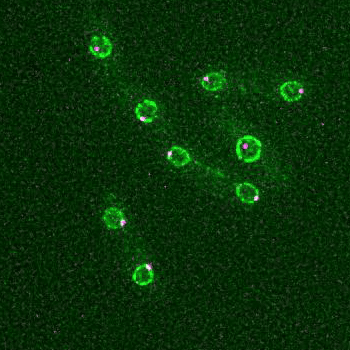
330 Billion
Each day, this is about how many cells that die and are replaced in the human body as part of the normal cell cycle process. Almost all those cells are blood cells (86 percent!) and cells that line the intestines. Other cells can live for years before they die and are replaced. And some cells, like those in the brain and eyes, can last a lifetime.
1 Million-Fold
That’s the size difference between red blood cells—not even the smallest cells in our bodies—and some of our largest cells called myocytes. Myocytes in bones make up about half of the cellular weight of the body, but they make up less than 0.002 percent of the total cell count. Conversely, blood cells are some of the smallest but account for a high number of our total cells. These relative sizes and cell counts seem to hold true across different organisms. So whether you study a mouse or an elephant, the average size of each cell type is similar and their total weights are proportional to the weight of the organism.
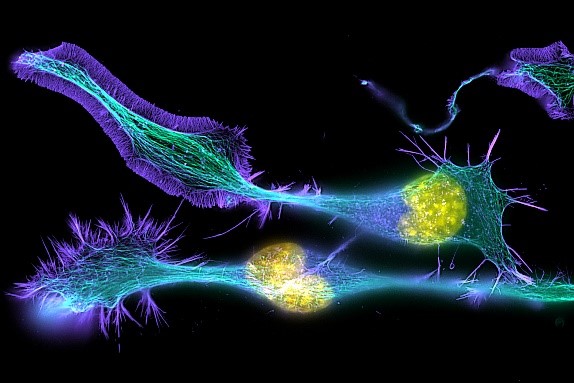
1,000
In millimeters, that’s how long an axon, a part of a nerve cell, can be. That’s a meter long, or the size of a baseball bat! Some axons are only a few millimeters long, but the longest one is your sciatic nerve—the nerve that runs from your lower back all the way down your leg and into the bottom of your foot.
200
That’s how many different types of cells that are in the human body. Different cell types have different functions. For example, bone cells provide the specific shape and structure to the parts of our bodies; stem cells allow our bodies to grow by developing into new types of cells through cell division; fat cells store energy; and reproductive cells allow organisms to produce offspring.
70
That’s the percentage of a cell’s mass that’s made up of water. Minerals make up less than a percent of the cell’s mass, leaving about 30 percent to organic molecules. These include carbohydrates, lipids, nucleic acids, and proteins.
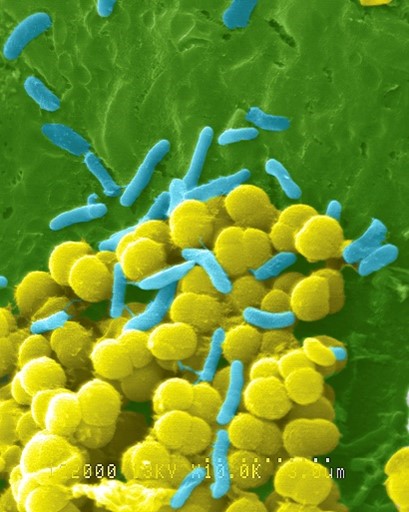
1:1
That’s about the ratio of bacterial cells in our bodies compared to human cells. Scientists used to think that the human microbiome had 10-100 times more cells than we had human cells, but new estimates suggest that we have about as many bacterial cells as human cells in our bodies. Even though the cell counts are nearly equal, the weight is not. Bacterial cells account for about 7 ounces of our entire body mass. That’s only about the weight of a hamster!
68
That’s the percentage of our bodies actually made of human cells. Nearly a quarter of our body mass is extracellular fluid, like plasma, and another 7 percent is made up of solids, like minerals. And while we have lots of bacterial cells in our bodies, their mass is negligible compared to our cells, fluids, and solids.
4
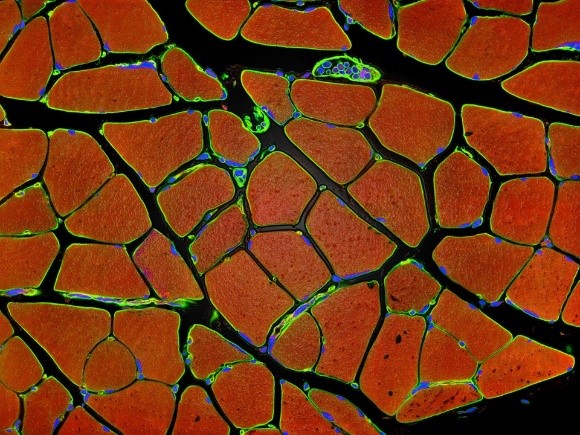
That’s how many basic types of tissue that cells form in the body: connective, epithelial, muscle, and nervous. Cells that have similar structures and functions work together to form tissue, and tissues come together to form organs. Connective tissue includes bone, blood, and lymph tissues, and it helps support and bind tissue together. Epithelial tissue provides protective coverings, like skin and the lining of the intestines and respiratory tract. Muscle tissue is further divided into striated, or the kind that moves your skeleton, and smooth, like the muscles around your stomach. And finally, nerve tissue makes up nerve cells, which carry information to and from different parts of your body.




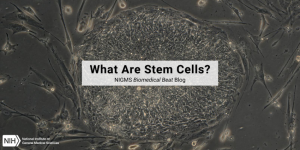


Very useful educational material.
The revised number of the bacterial cells in the body vis- `a-vis the number of body cells is a new information.